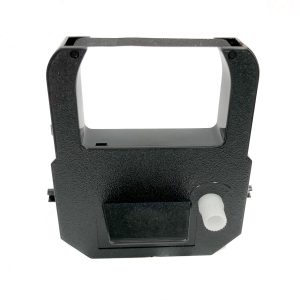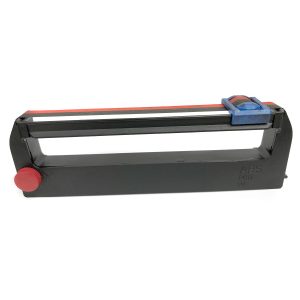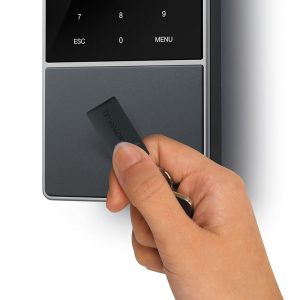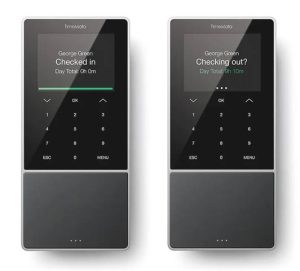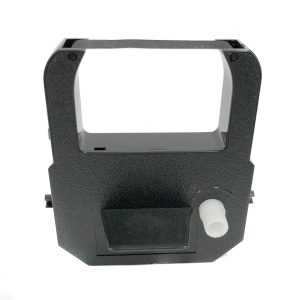
How Modern Clocking Systems Enhance Workplace Productivity
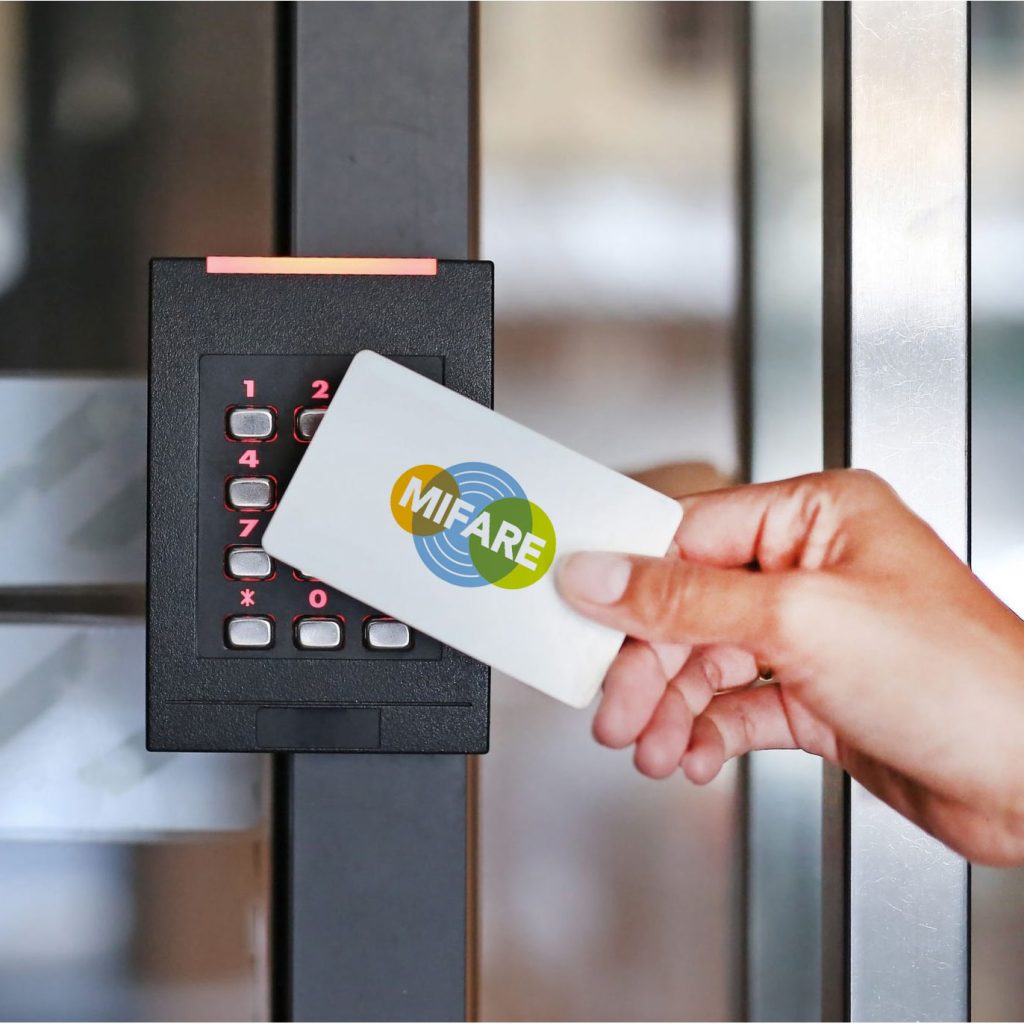
In an era where efficiency is paramount, the role of accurate time and attendance tracking in the workplace cannot be overstated. Gone are the days of cumbersome manual punch cards and time sheets; today’s businesses are embracing the digital revolution in clocking systems.
These modern solutions are not mere upgrades in technology but pivotal tools in enhancing overall workplace productivity. By delving into the functionalities and advantages of these systems, we can understand how they become instrumental in streamlining business operations.
The transition from traditional methods to advanced digital clocking systems marks a significant shift in how businesses manage their most valuable asset: their workforce. As we explore this evolution, it’s crucial to recognise the impact of these systems on the day-to-day operations and long-term strategic goals of organisations.
This article aims to uncover the myriad ways in which modern clocking systems contribute to increased workplace efficiency and productivity, setting a new standard in workforce management.
The Evolution of Clocking Systems
The journey from the rudimentary punch card systems to today’s sophisticated digital clocking solutions is a testament to technological progress. Initially, time tracking was a manual process, prone to errors and manipulation.
However, with the advent of computerisation, time and attendance systems underwent a significant transformation. The introduction of electronic time clocks marked the first major leap, followed by more advanced systems like biometric scanners and RFID technology. These developments not only enhanced accuracy but also streamlined the process of recording work hours.
The current landscape of clocking systems is a diverse array of technologies, including biometric recognition, RFID tags, and mobile applications.
Biometric systems, using fingerprints or facial recognition, have become increasingly popular due to their ability to prevent ‘buddy punching’ and other forms of time theft. RFID technology and mobile apps offer flexibility and convenience, allowing employees to clock in and out remotely.
This technological evolution not only reflects the advancements in hardware and software but also a shift in workplace dynamics, catering to a range of business needs and employee preferences.
Accuracy and Efficiency of Modern Systems
The cornerstone of modern clocking systems is their unparalleled accuracy. Traditional methods were fraught with errors – from incorrectly filled time sheets to unintentional (or intentional) misreporting of hours.
Modern systems virtually eliminate these issues, ensuring that the time recorded is precise and reliable. This accuracy is crucial for businesses, as it directly impacts payroll calculations and overall operational efficiency.
With less time spent rectifying errors, administrative staff can focus on more strategic tasks, thereby enhancing productivity.
Moreover, the efficiency of modern clocking systems is evident in their swift and user-friendly nature. Time tracking that once took minutes per employee can now be completed in seconds, with a simple scan or tap.
This ease of use not only speeds up the process but also reduces the bottleneck effect often seen in traditional clocking methods, especially in large organisations.
As a result, companies observe a significant reduction in time spent on processing and managing attendance data, leading to a smoother and more efficient operation.
Integration with Other Business Systems
One of the standout features of modern clocking systems is their ability to integrate seamlessly with other business software. This integration capability is a game-changer, allowing for a unified approach to workforce management.
By connecting clocking systems with payroll and HR software, businesses can ensure consistency in data across all platforms, reducing the likelihood of discrepancies and errors.
This integration not only simplifies administrative processes but also provides a holistic view of employee data, crucial for effective management.
The benefits of such integration extend beyond mere convenience. It plays a significant role in strategic decision-making, offering insights into labour costs, productivity levels, and workforce allocation.
For instance, integrating attendance data with payroll systems streamlines the salary calculation process, ensuring employees are paid accurately and on time.
Similarly, connecting clocking data with HR software can aid in performance evaluations, highlighting patterns in absenteeism or overtime.
This holistic approach to data management fosters a more informed and strategic HR and financial planning.
Enhancing Employee Accountability
Modern clocking systems play a pivotal role in fostering a culture of accountability within the workplace. With real-time tracking and detailed records of attendance, employees are more mindful of their punctuality and attendance.
This transparency not only deters tardiness and unauthorised absences but also encourages a more disciplined work ethic.
For management, immediate access to attendance data simplifies the monitoring process, enabling them to address issues proactively and maintain operational efficiency.
The real-time nature of modern systems offers an additional layer of oversight. Managers can instantly view who is present, late, or absent, allowing for swift adjustments to work schedules and task allocations.
This immediate visibility is particularly beneficial in dynamic work environments where staffing needs can change rapidly.
By having a clear, up-to-date picture of workforce availability, managers can make informed decisions, ensuring that productivity levels are maintained and operational requirements are met.
Flexibility and Remote Work Management
The rise of remote and flexible working arrangements has brought new challenges in workforce management, challenges that modern clocking systems are uniquely equipped to address.
These systems have evolved to support a variety of working scenarios, from traditional office settings to remote work environments.
Features such as GPS tracking and mobile clocking allow employees to record their work hours from any location, providing flexibility while ensuring accurate time tracking.
This flexibility is particularly crucial in today’s diverse and often dispersed workforces. For businesses with employees working across different locations or time zones, modern clocking systems provide a cohesive solution to manage attendance.
These systems ensure that regardless of where an employee is working, their hours are recorded accurately and efficiently.
This adaptability not only supports the diverse needs of a modern workforce but also empowers businesses to embrace remote work models without compromising on productivity or accountability.
Data-Driven Decision Making
In an age where data is king, modern clocking systems offer a wealth of information that can drive strategic business decisions.
The data collected by these systems goes beyond mere attendance records; it provides insights into work patterns, productivity trends, and staffing needs.
By analysing this data, businesses can make informed decisions about workforce management, identifying areas for improvement and opportunities for optimisation.
For instance, attendance data can reveal patterns in absenteeism or frequent late arrivals, prompting a review of work schedules or employee engagement strategies.
It can also highlight trends in overtime, signalling potential understaffing issues or inefficiencies in work distribution. Additionally, this data can inform long-term strategic planning, such as workforce expansion or restructuring.
By leveraging the rich data provided by modern clocking systems, businesses can not only manage their workforce more effectively but also plan for future growth and changes.
Boosting Employee Morale and Trust
A significant yet often overlooked benefit of modern clocking systems is their impact on employee morale and trust. A fair and transparent system for recording work hours fosters a sense of equity and respect among employees.
When staff members know that their time and efforts are accurately tracked and valued, it boosts their morale and commitment to the organisation.
This positive work environment, in turn, can lead to increased productivity and job satisfaction.
Moreover, the transparency of modern systems builds trust between employees and management.
When staff are confident that their work hours are recorded accurately and that they will be compensated fairly for their time, it strengthens their trust in the organisation.
This trust is fundamental to a healthy and productive work relationship, promoting a culture of mutual respect and cooperation.
In an environment where employees feel valued and treated fairly, they are more likely to be engaged and motivated, contributing positively to the organisation’s overall productivity.
Conclusion
In summary, the transition to modern clocking systems represents a significant leap forward in workplace productivity and efficiency.
These systems not only provide accuracy and ease in tracking time but also integrate seamlessly with other business functions, enhancing overall operational effectiveness.
The accountability, flexibility, and data-driven insights they offer are invaluable in today’s dynamic work environments.
By embracing these advanced technologies, businesses can not only optimise their workforce management but also create a more engaged and productive workforce.
Looking ahead, the role of technology in workforce management will continue to evolve, with clocking systems at the forefront of this transformation.
As businesses adapt to changing work practices and seek new ways to enhance productivity, modern clocking systems will undoubtedly play a pivotal role.
For organisations looking to stay competitive and efficient, the adoption of these systems is not just an option but a necessity. The future of workforce management is here, and it is digitally empowered.


